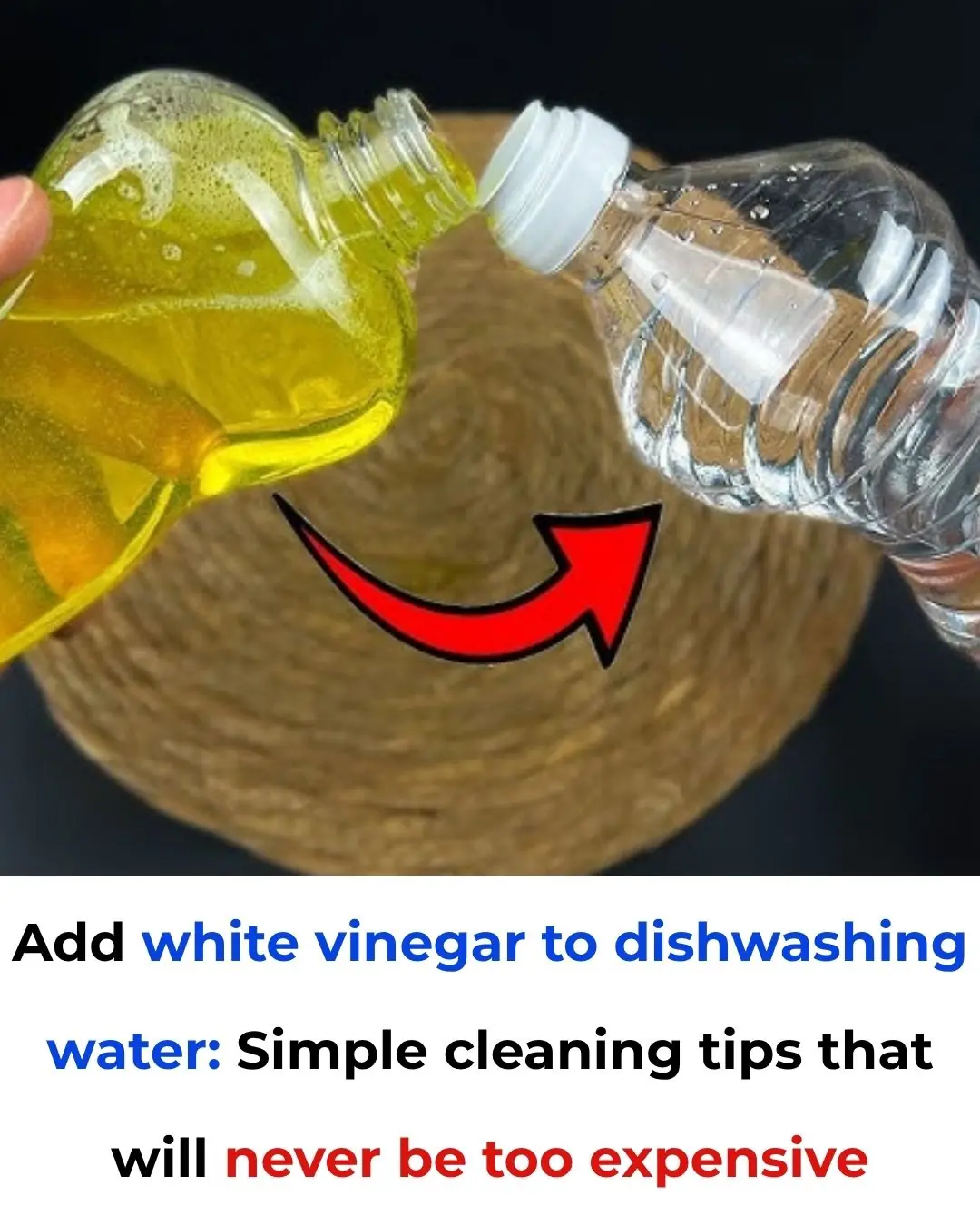
Lady places cup of vinegar into microwave. Here’s the genius reason why
In today’s fast-paced world, discovering quick, effective, and safe cleaning solutions is a game-changer for busy households. One surprisingly simple yet ingenious method involves using a common kitchen staple: vinegar. When a person places a cup of vinegar into their microwave, they unlock a powerful cleaning technique that is not only cost-effective but also environmentally friendly. This hack has gained widespread popularity thanks to its remarkable simplicity and its ability to tackle stubborn microwave stains, spills, and lingering odors effortlessly. By utilizing vinegar’s natural properties, this method provides a straightforward solution to one of the most common household cleaning challenges.
Understanding the Science Behind Vinegar’s Cleaning Power
Vinegar, particularly white distilled vinegar, is a highly versatile cleaning agent due to its acidic nature. Its main active component, acetic acid, gives it potent cleaning capabilities. This acid effectively breaks down grease, grime, and mineral buildup, making vinegar an excellent choice for cleaning appliances like microwaves. Beyond its cleaning strength, vinegar also possesses natural deodorizing properties that neutralize unpleasant odors, leaving the microwave smelling fresh and clean.
When heated in the microwave, vinegar creates steam that penetrates dried-on food particles, loosening them and making them much easier to wipe away. This simple process eliminates the need for harsh scrubbing or chemical-laden cleaning sprays, offering a safer alternative for both your appliances and your family.
Step-by-Step Guide to Cleaning Your Microwave with Vinegar
To harness this cleaning hack, follow these steps:
-
Prepare the Solution: Mix equal parts of water and white vinegar in a microwave-safe cup or bowl. For an added boost, you can include a few drops of lemon juice to enhance the deodorizing effect.
-
Heat the Mixture: Place the container in the microwave and heat on high for 5 to 10 minutes, depending on how dirty your microwave is. The steam from the mixture will condense on the interior walls, loosening dried food and grease.
-
Let It Sit: After heating, allow the microwave to sit closed for a few minutes. This waiting period gives the steam time to soften grime thoroughly.
-
Wipe Down: Carefully remove the hot container and use a damp cloth or sponge to wipe down the interior. The stains and residue should come off effortlessly.
This method not only removes grime but also sanitizes the microwave thanks to vinegar’s antibacterial properties, leaving the appliance fresh and hygienic.
Additional Benefits of Vinegar Microwave Cleaning
Using vinegar for cleaning offers a multitude of advantages:
-
Non-toxic and Safe: Unlike harsh chemical cleaners, vinegar is natural and safe for use around food, children, and pets.
-
Cost-effective: Most households already have vinegar on hand, making this a convenient and budget-friendly cleaning solution.
-
Eco-friendly: Reducing chemical cleaners contributes to a healthier environment.
-
Versatile: Beyond microwaves, vinegar can clean other kitchen appliances and surfaces.
Tips for Maximum Effectiveness
To get the best results, consider the following tips:
-
Add Lemon: A few drops of lemon juice in the vinegar mixture amplify the cleaning power and leave a pleasant citrus aroma.
-
Target Tough Stains: For stubborn spots, dip a sponge in the vinegar solution after steaming and gently scrub the affected areas.
-
Prevent Future Build-Up: Wipe down your microwave after each use to minimize residue and reduce the need for deep cleaning sessions.
-
Regular Maintenance: Frequent light cleaning keeps the microwave in top condition and extends its lifespan.
Common Mistakes to Avoid
Even a powerful natural cleaner like vinegar requires careful use:
-
Do Not Use Undiluted Vinegar: Its strong acidity can damage microwave surfaces if used at full strength.
-
Ensure Microwave-Safe Containers: Always use containers rated for microwave use to prevent accidents.
-
Handle with Care: The vinegar solution becomes very hot—avoid burns by using oven mitts or allowing it to cool slightly.
-
Avoid Sensitive Parts: Do not apply vinegar to rubber seals or delicate components, as prolonged exposure may cause deterioration.
Conclusion: Embrace Simple, Smart Solutions
The vinegar microwave hack exemplifies the brilliance of natural, uncomplicated solutions in addressing everyday cleaning challenges. By leveraging the inherent properties of vinegar, this method offers a safe, effective, and affordable way to maintain a clean and fresh microwave. In an era where convenience often comes at the cost of harsh chemicals, this hack highlights the power of simplicity and the enduring value of traditional cleaning practices.
Moreover, adopting natural cleaning methods like this contributes to a healthier home environment and reduces our reliance on chemical products, ultimately benefiting both our families and the planet. Sometimes, the most elegant solutions are also the simplest—and the humble cup of vinegar proves that brilliantly.
News in the same category


Works like a charm

My nana taught me this hack to make dusty blinds sparkle in 2 mins with 0 work. Here’s how it works

Stop storing these 10 things wrong
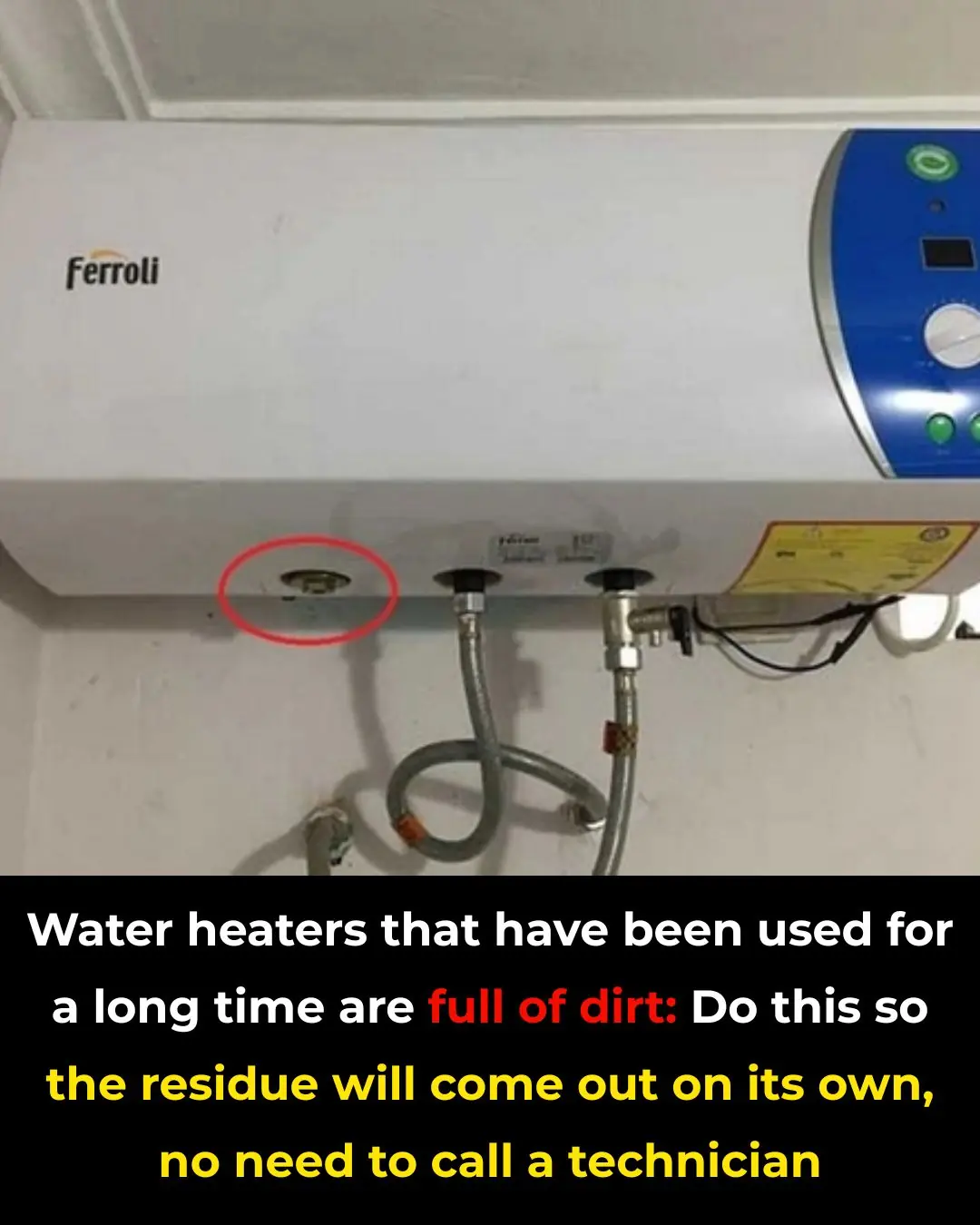
Hot Water Heaters Accumulate Limescale Over Time: Here’s How to Clean It Yourself Without Calling a Technician

Found this on my son’s scalp. Have no idea what it is and we can’t get a doc appt soon. Tips?
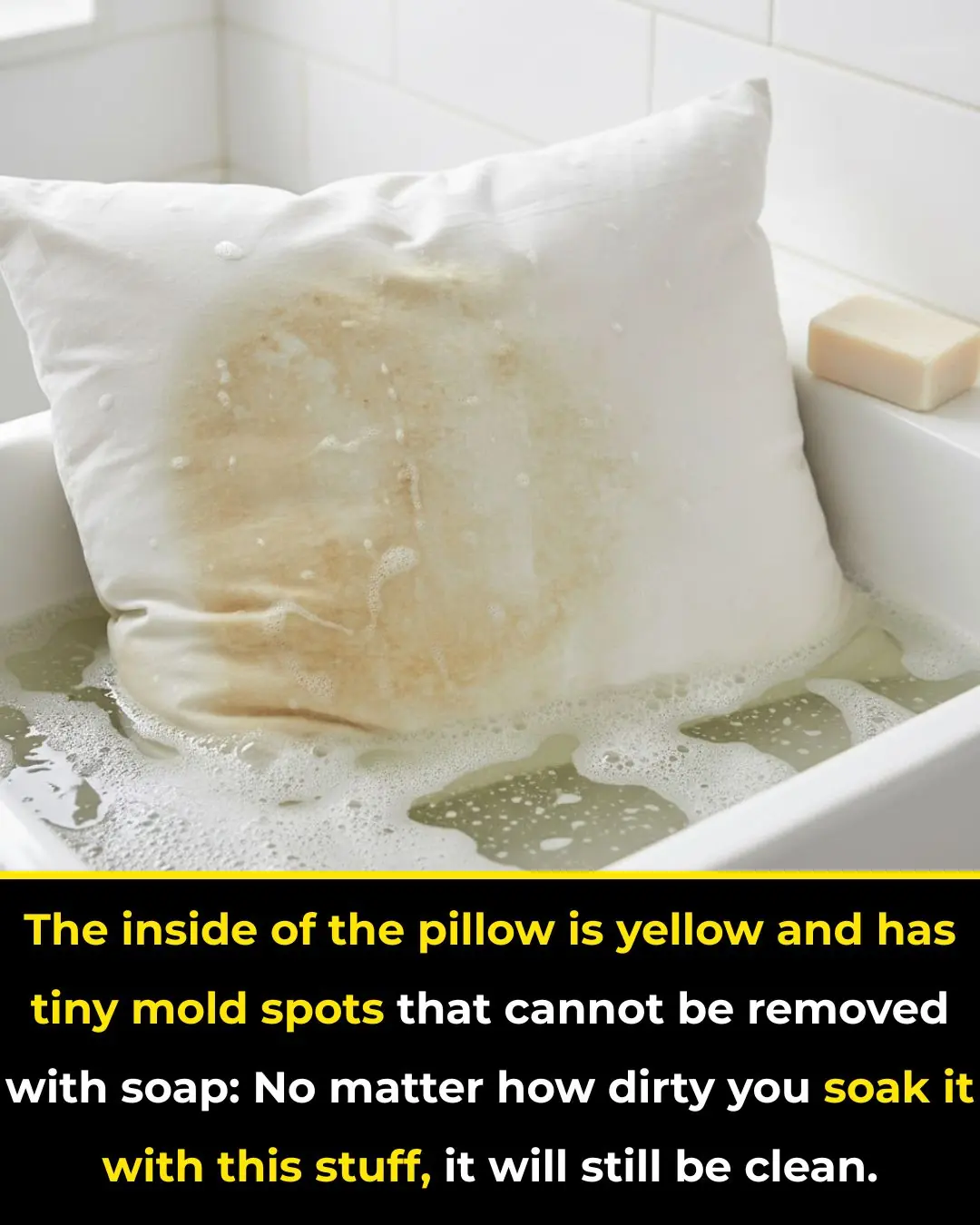
How to Clean Yellowed, Moldy Pillow Inserts That Soap Can’t Fix: Soak Them in This and They’ll Be Spotless

Green beans cooked this way only take 2 minutes to be well done, so simple yet many people don't know

Tips for soaking honey lemons without fermenting, the longer you leave them, the more delicious and nutritious they become.

Your oven hood filter is a greasy mess. Effortlessly get it clean like new again

The secret to longevity after 50: 'Golden' foods for good health

The medicinal uses of the cogon grass

Boil green bananas this way: Cheap but as precious as ginseng, the more you eat, the more nutritious it is.

There is a “secret button” on the washing machine, one touch can cut 62% of electricity bill

Water your bonsai with 1 spoon of sugar water, a miracle will happen, many people regret not knowing this sooner.
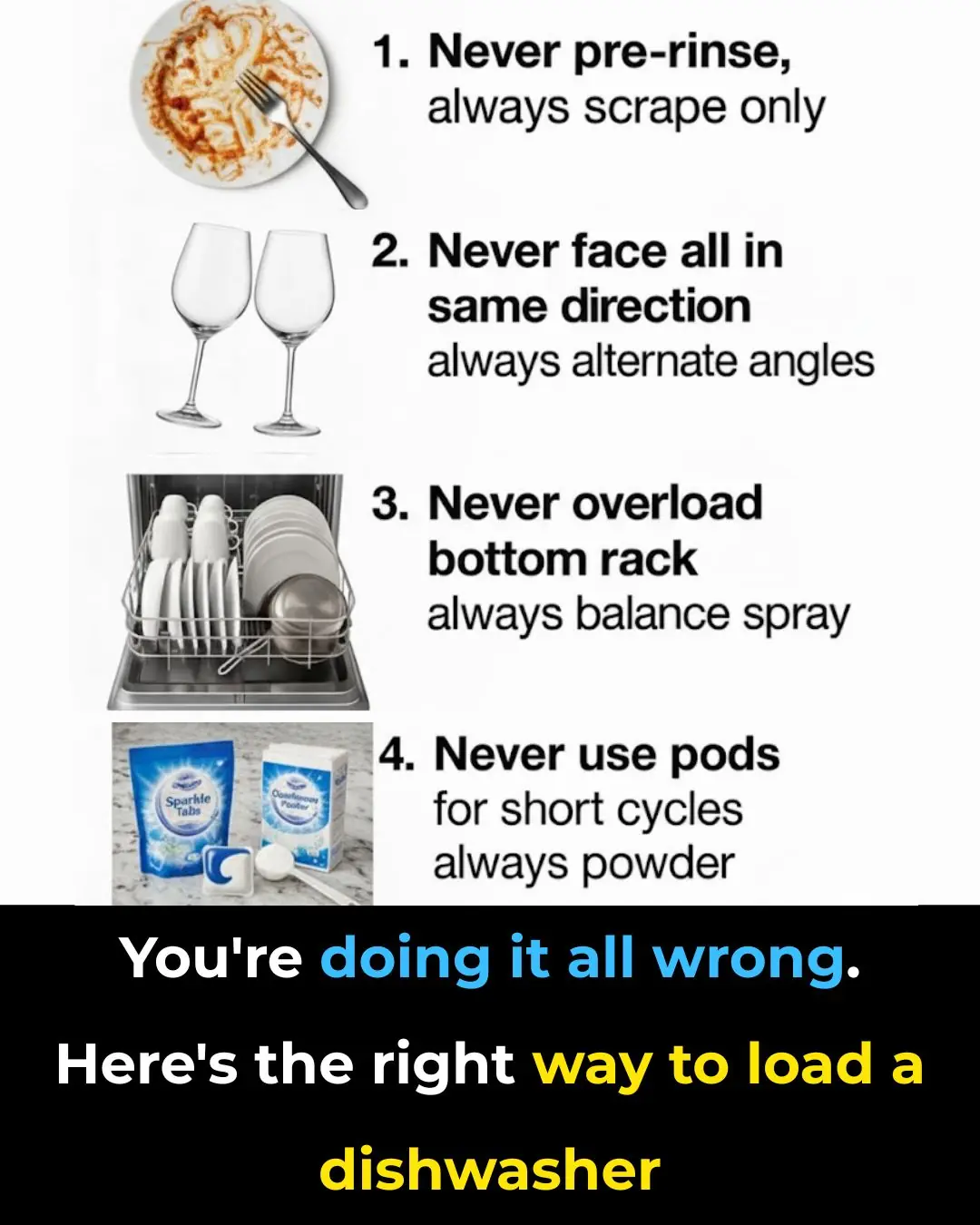
You’re doing it all wrong. Here’s the right way to load a dishwasher

Don’t Buy Tomatoes Anymore – Grow Them at Home, Plants Grow “Fast as Lightning” with Bountiful Fruits

My nana taught me this hack to get rid of dark circles in 5 mins with 0 work. Here’s how it works
News Post
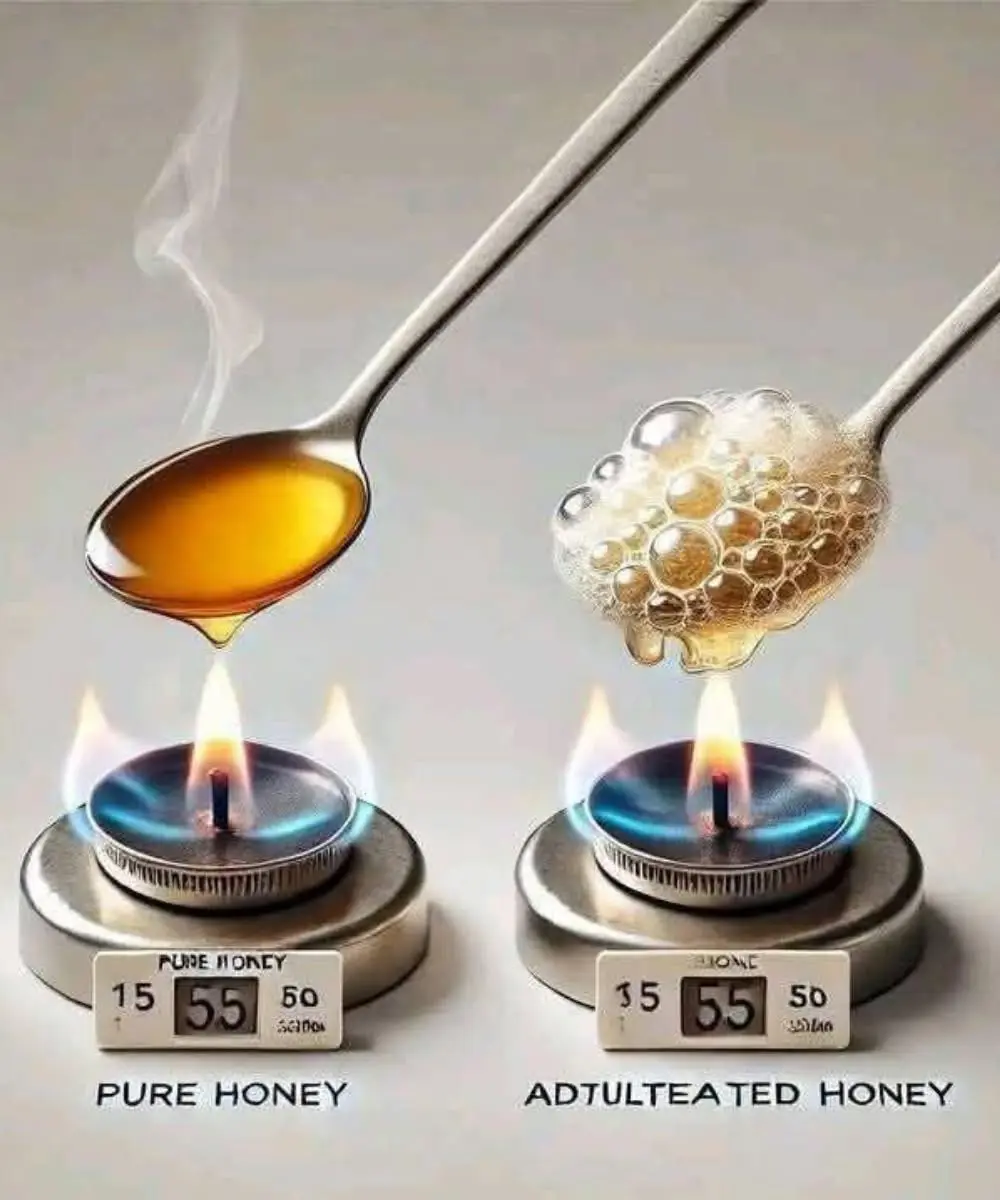
Pure vs. Adulterated Honey: How to Differentiate Real Honey from Fake with a Simple Water Test

I had no idea this was a thing

Guardians of the Gentle Giants.

Add white vinegar to dishwashing water: Simple cleaning tips that will never be too expensive

To the Little Boy at the Science Museum.

Works like a charm

A Mother’s Final Wish.

My nana taught me this hack to make dusty blinds sparkle in 2 mins with 0 work. Here’s how it works

Came back from camping and got some red, itchy skin. Doctor isn't available for another week. What should I do?

The Day John Steinbeck Flew with the Angels.

This is the first time I'm hearing about this

Stop storing these 10 things wrong

The Officer Who Became His Family.

Just tried to stop my daughter from doing this

Twelve Hours in the Pit — and a Mother’s Love That Never Gave Up.

The Day Everything Changed.

Here’s The History Behind The AME Church, The First Independent Black Denomination In The U.S.

Found this weird skin on my son's ear this morning. Doc appt is a week away. What can I do?
